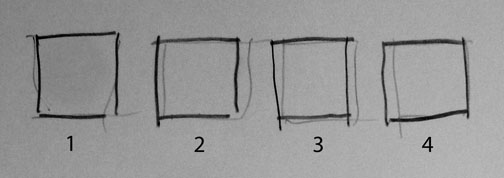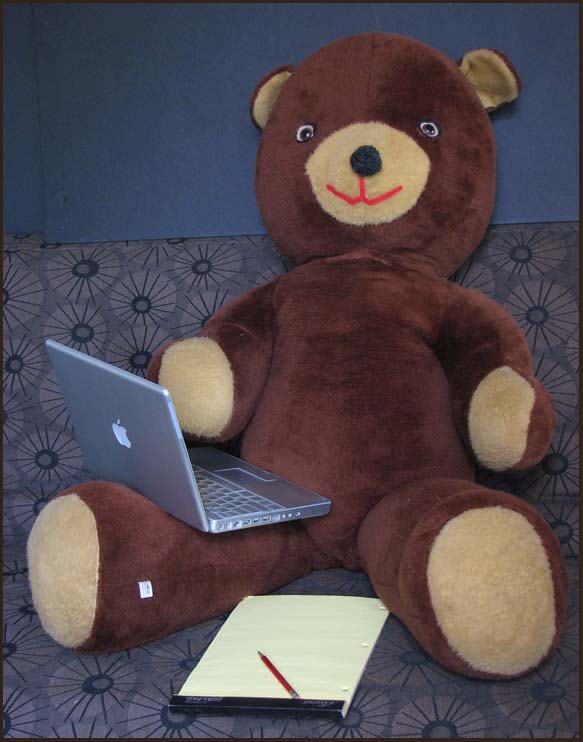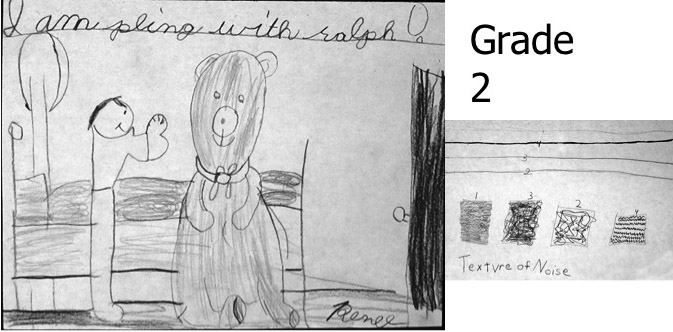the TEXTURE of noise
Multisensory Motivation - related links: - Art Education HOME
Also see: Blind Contour Drawing (grades 3 to 6) using the same big bear as a model
They also had similar warm-ups for line and texture before they did their drawings.
mp3 sound files: Draw four squares like this on a piece of paper. Then draw the texture of each noise you hear as you play the TEXTURE of NOISES here. Use your imagination. You cannot do it wrong. TAB back here to start each new noise.
TEXTURE of NOISE #1 TEXTURE of NOISE #2 - TEXTURE of NOISE #3 -TEXTURE of NOISE #4
When you click a noise file, it will open another tab. Come back here by clicking the previous tab.
|
"School should allow a lot to be learned, that is to say that it should teach little ...
In the end, all education is self-education.”-- Joseph Albers
-artist and art educator
|
 |
All rights reserved. © Marvin Bartel. The audio, images, or text may
not be reproduced, published or copied without permission. You may make links to this page.
If you are a teacher, you may play the audio for your own students in an attributed presentation. Attribution requires the URL
Art Department^^^ | Goshen, Indiana, USA | ^^^


